Liquid Petroleum Gas to Blame in Drinking Water Salinity?

A recent report links high salinity in Seneca Lake, the largest of New York State’s Finger Lakes, to the storage of Liquid Petroleum Gas (LPG) in nearby salt caverns. The lake, which holds 4.2 trillion gallons of water, has for decades seen levels of salt concentrations greater than those regulated by the state for sensitive populations such as infants and those on low-salt diets. The highest concentration, in the village of Waterloo, has concentrations nearly four times the state limit.
A recent report links high salinity in Seneca Lake, the largest of New York State’s Finger Lakes, to the storage of Liquid Petroleum Gas (LPG) in nearby salt caverns. The lake, which holds 4.2 trillion gallons of water, has for decades seen levels of salt concentrations greater than those regulated by the state for sensitive populations such as infants and those on low-salt diets. The highest concentration, in the village of Waterloo, has concentrations nearly four times the state limit.
While James Bromka, chief of Waterloo’s water treatment plant, assures that the water is safe to drink for most, he acknowledges that another spike could be significant for special populations. The treatment plant is considering adding a desalinization process to the water treatment plant, but such an addition is costly - two million dollars that would be passed along to users.
The report cites that the first major spikes of chloride in the 1960’s coincide with the first instance of LPG storage in the salt caverns. It also alleges that transfers of LPG into and out of the cave in the following years caused significant pressure changes which decreased the structural integrity of the caverns and ultimately led to the discharge of high chlorine groundwater into the bottom of the lake.
However, local experts suggest that there are other possible causes. An increase in salt mining operations, road deicing chemicals, and legal chloride dumping are all likely to have contributed to the lake’s salinity - how significantly is still under debate.
Read the full report here!
Source: DC Bureau
Source: DC Bureau
Want to read more like this story?
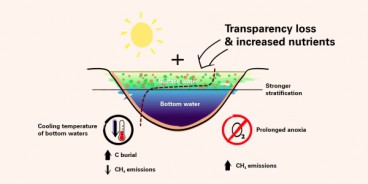
The surprising effect of greenhouse gas in lakes
Sep, 16, 2019 | NewsAccording to a new study, the effects of greenhouse gases are different than anticipated in lakes....
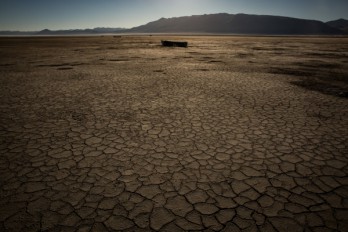
Bolivia’s second-largest lake dries up due to climate change
Jul, 14, 2016 | NewsPeople that have been living off its waters for generations, now become refugees People that have...
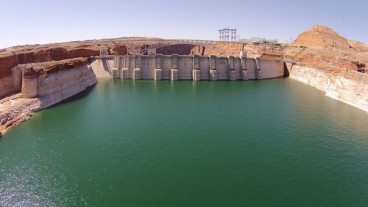
The debate on decommissioning the Glen Canyon Dam at the Colorado River
May, 25, 2016 | NewsThere are signs that this great dam has proved less efficient than originally planned There...

An active fault zone poses a threat for infrastructure in Salt Lake City, Utah
Jun, 24, 2021 | NewsAccording to a new study, a complex fault system beneath Salt Lake City can pose a severe threat to...
4 lakes in mid-Michigan, disappeared after dam failure, are being restored
Oct, 25, 2022 | NewsFour dams are being restored after catastrophic failures led to four man-made lakes disappearing in...
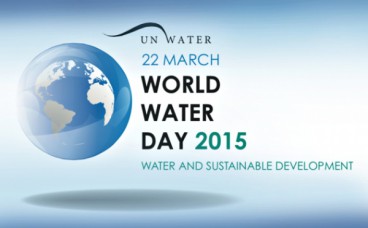
March 22nd is World Water Day!
Mar, 22, 2015 | NewsSince 1993, the United Nations has designated March 22nd of each year as World Water Day, a day dedi...
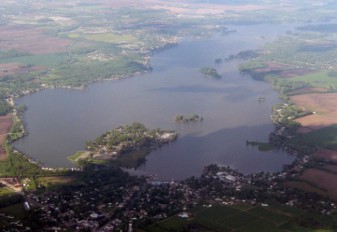
Dam in Buckeye Lake to be replaced
Mar, 23, 2015 | NewsOhio governor committed to rebuild the Buckeye Lake dam to adress the significant flooding ris...
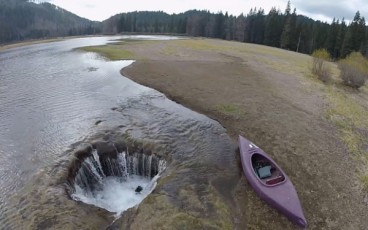
[Video]: Watch Lost Lake Disappear!
Apr, 23, 2015 | NewsWatch this video of Oregon’s aptly named Lost Lake disappear! Every spring, Lost Lake turns in...
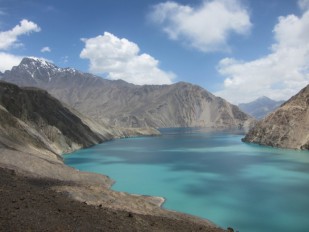
The Lake That Was Born From An Earthquake
Sep, 14, 2015 | NewsDespite the tempting turquoise waters, the story behind this beautiful lake is worrying. The Sarez L...
Trending

Vertical gardens in Mexico City to combat pollution

Characteristics of Load Bearing Masonry Construction

Taipei 101’s impressive tuned mass damper

Saudi Park Closed After 360 Big Pendulum Ride Crashes to Ground, 23 injured

Dutch greenhouses have revolutionized modern farming

Federal court rules Biden’s offshore drilling ban unlawful


